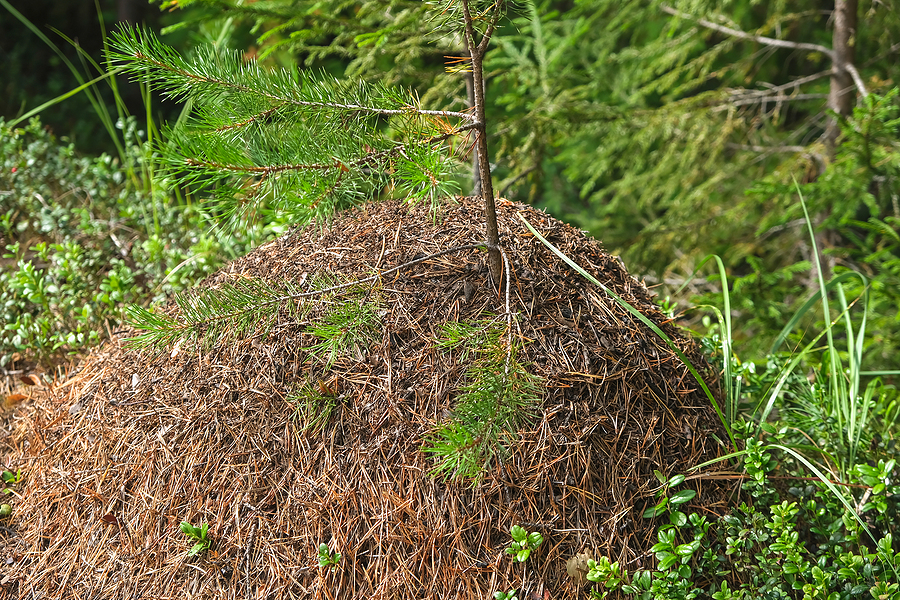Why Is It Called an Ant Colony
- Details

A group of ants includes a complex hierarchical social structure, unlike most other insects. Each role they fill serves to help the colony live. They are so dependent on others within the colony that they would not survive alone for long. Since they must work together to survive and thrive, it's a literal working colony of insects.
Ant colonies can be identified by their inhabitants through scent (pheromones). It is important to know the term "ant colony" refers to not only the physical structure in which ants live but also the complex social rules in which ants organize and communicate. Pheromones play a big part in ant communication and is essential in the ant's world letting them know where others have traveled to find food by following pheromone trails.
Ant colonies can grow to become immense. The number of individual ants that make up a colony can be in the range of hundreds to thousands just counting the workers. Colony sizes vary depending on species, with some being less than a hundred while others are super colonies of millions.
A typical colony contains an egg-laying queen and many adult worker ants. The majority of ants in colonies will be the workers. A colony of ants can contain more than one queen, but this depends on the species. Queen ants are usually the biggest ants in the colony and have wings that they lose after the first mating. Male ants (drones) have wings too. Worker ants do not have wings.
Workers’ duties include building nests and foraging, tending to the nest, and nest defense. While all workers are female, they are not egg layers.
The workers have functions that can change as they become adults. It is common for young, newly emerged workers to remain in the nest and tend to eggs, larvae, and pupae. As workers age, sometimes their activities can morph away from tending brood and they will undertake duties to include nest construction and excavation. Later they may become foragers, leaving the nest to search for food.
Male ants are called drones and they exist in a colony for breeding purposes. Drones die as soon as they've fulfilled this function and are rarely encountered outside the colony. Drones will only survive a few short months during the mating season. They are smaller than other adult ants and their numbers are fewer. There are only about 5 to 10 drones among a colony of 20,000 ants.
Ants can be a huge nuisance pest especially when colonies are prevalent and they are infesting a home or business in search of food or looking to start new colonies. They can be difficult to battle once they've infested an area. Their trails are marked with a pheromone that attracts more ants and they breed quickly. A professional pest management company will be your best defense if you've discovered an ant problem.
At Eagle Pest Services, our technicians have the experience to effectively treat an ant infestation and will administer treatments needed to prevent future pest problems. Call us today for a free inspection at (866) 281-1822.





